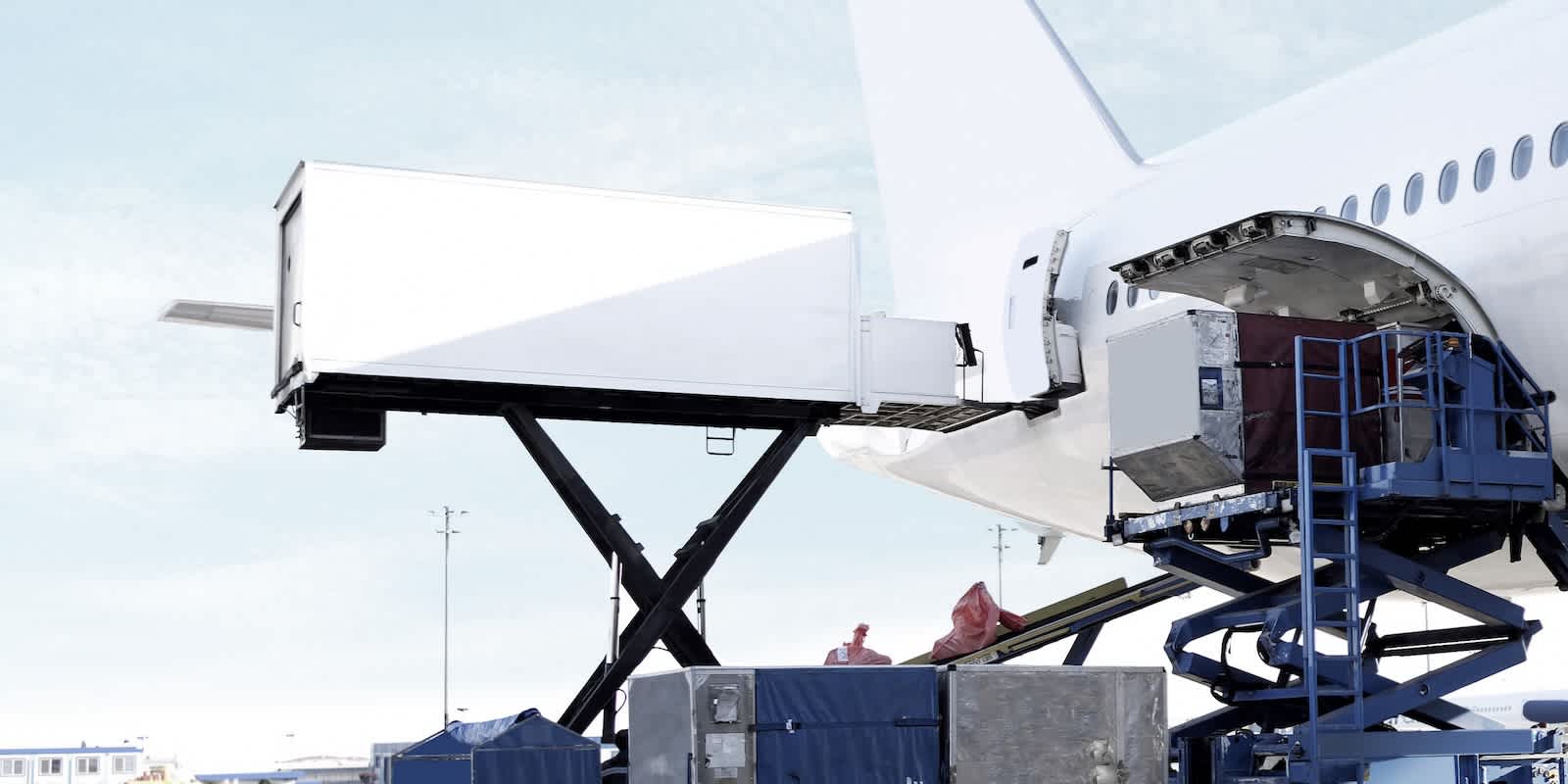
28.09.2023
Overcoming Supply Chain Transparency Hurdles With Technology
Overcoming Supply Chain Transparency Hurdles With Technology
In our last piece on the subject of transparency, we discussed how bringing more visibility into your supply chain through strategic technology upgrades can bring myriad benefits to your organization. We also included a warning that like with upgrading any other system there would be hurdles you’d have to overcome in order to bring that added resilience to your own supply chain.
Do any of these scenarios ring true to the state of your supply chain right now?:
- “Sales, marketing, customer service, everybody comes to me for milestones, and I just don’t have them. Delivery times are so variable these days, and we’re losing customers because we can’t tell them where their goods are or when they’ll see them.”
- “Paperwork is a constant headache for us. Every week, I lose a full day to chase the paper trail, send emails, put out more fires, etc.”
- “I learned about exceptions too late, if I’d known about this earlier I could have found an alternative solution.”
If so, your tech stack could likely use some attention, since these situations can all be avoided through real-time data analysis and visibility into your supply chain. Rather than address individual stages of the chain, we’re taking a broader view and will be discussing three root causes for this lack of transparency: divergent data sources, a lack of data granularity, and partners who use outdated methods and technologies. It’s by addressing these root causes that you’ll be able to start increasing your data visibility and reaping benefits.
Divergent data sources
A combination of diverse forwarders, carriers and assorted ERP, WMS, and other back-office systems means the data needed for supply chain transparency is coming from multiple sources. This can lead to data silos, overlapping or conflicting data, or worse—gaps in that data.
Start by looking at your internal data structure. Inventory levels, supplier availability, sales volumes, and warehouse space—each of these are important in and of themselves—but if some partners aren’t giving you machine readable data you’re not going to be able to integrate them all into a single, coherent data lake. That means you won’t be able to take full advantage of all the data has to offer. This internal audit will help bring to light which data sources need to be dealt with first.
A lack of data granularity
Basing your demand forecasts on complete historical data lets you make a time series analysis by adding the expected trend (projected sales volumes) and seasonal component to it. We recommend aggregating the forecast by SKU, time, and location, as this will help to reduce variation and will improve the forecast.
With data coming in from multiple partners, you’re often left with a ‘least of all evils’ situation where you have to work with the broadest data set available rather than the finest. If you can see where the truck is, but not which SKUs are on board you don’t have the level of transparency you’re aiming for yet, the data is far less useful and your demand forecasts will be far less accurate.
Partners who use outdated methods or technologies
It’s the difference between spreadsheets and email vs. a unified logistics tech stack (or, more often, some partners who use a modern log tech platform, and others who don’t, leading to unreadable data). The data silos created by each stakeholder in a supply chain using their own spreadsheets and emails to communicate mean that there’s no way to get the overall picture of an order’s status. Suppliers might not send word of a shipment being ready until after it’s left the factory, or you may be told the vessel is set to depart today but don’t get notified that it was actually held up by three days.
Addressing Bottlenecks at the Root: A Holistic Approach
A general overreliance on spreadsheets, emails, and phone calls remains across the logistics sector. When one partner uses email, one uses a modern log tech platform, and another sends text messages, the data is rendered unreadable as there isn’t one unified data type. Machine-readable data is key to modernizing logistics, granting access to key milestones, status updates, and exceptions pre-departure as well as mid-journey. This complexity of integration between partners and data sources is a crucial step in eliminating these bottlenecks and allowing all stakeholders to access the information they need when they need it, and in a format they can use.
As we round out the second half of 2023, there’s uncertainty around just what peak season will look like. Will we continue to see inventory overages? Will some goods (but not others) go back to pre-pandemic sales patterns? The key is to avoid time-consuming and often error-prone manual data entry into your inventory tracking system, and have instant access to exactly what product is where—a digital supply chain is by definition a transparent supply chain.
Whatever peak season 2023 throws at you, a robust, resilient, and data-rich supply chain is your best bet to weather the storm and emerge into 2024 on top of your competition. Reach out to our team of experts for details on how Flexport can help deliver the logistics tech you’re looking for.
The contents of this blog are made available for informational purposes only and should not be relied upon for any legal, business, or financial decisions. We do not guarantee, represent, or warrant the accuracy or reliability of any of the contents of this blog because they are based on Flexport’s current beliefs, expectations, and assumptions, about which there can be no assurance due to various anticipated and unanticipated events that may occur. This blog has been prepared to the best of Flexport’s knowledge and research; however, the information presented in this blog herein may not reflect the most current regulatory or industry developments. Neither Flexport nor its advisors or affiliates shall be liable for any losses that arise in any way due to the reliance on the contents contained in this blog.







